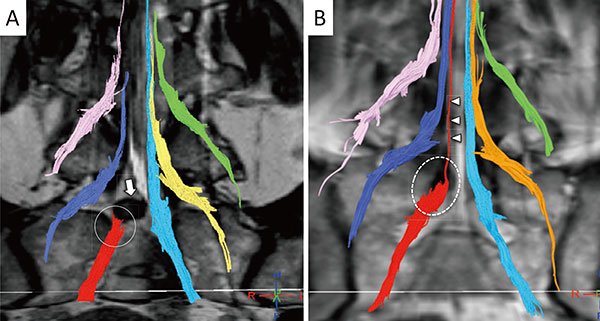- J-STAGE home
- /
- Spine Surgery and Related Rese ...
- /
- Volume 1 (2017) Issue 2
- /
- Article overview
-
Yawara Eguchi
Department of Orthopedic Surgery, National Hospital Organization Shimoshizu National Hospital
-
Hirohito Kanamoto
Department of Orthopedic Surgery, Graduate School of Medicine, Chiba University
-
Yasuhiro Oikawa
Division of Orthopaedic Surgery, Chiba Children's Hospital
-
Munetaka Suzuki
Department of Orthopedic Surgery, National Hospital Organization Shimoshizu National Hospital
-
Hajime Yamanaka
Department of Orthopedic Surgery, National Hospital Organization Shimoshizu National Hospital
-
Hiroshi Tamai
Department of Orthopedic Surgery, National Hospital Organization Shimoshizu National Hospital
-
Tatsuya Kobayashi
Department of Orthopedic Surgery, National Hospital Organization Shimoshizu National Hospital
-
Sumihisa Orita
Department of Orthopedic Surgery, Graduate School of Medicine, Chiba University
-
Kazuyo Yamauchi
Department of Orthopedic Surgery, Graduate School of Medicine, Chiba University
-
Miyako Suzuki
Department of Orthopedic Surgery, Graduate School of Medicine, Chiba University
-
Kazuhide Inage
Department of Orthopedic Surgery, Graduate School of Medicine, Chiba University
-
Yasuchika Aoki
Department of Orthopaedic Surgery, Eastern Chiba Medical Center
-
Atsuya Watanabe
Department of Orthopaedic Surgery, Eastern Chiba Medical Center
-
Takeo Furuya
Department of Orthopedic Surgery, Graduate School of Medicine, Chiba University
-
Masao Koda
Department of Orthopedic Surgery, Graduate School of Medicine, Chiba University
-
Kazuhisa Takahashi
Department of Orthopedic Surgery, Graduate School of Medicine, Chiba University
-
Seiji Ohtori
Department of Orthopedic Surgery, Graduate School of Medicine, Chiba University
2017 Volume 1 Issue 2 Pages 61-71
- Published: April 20, 2017 Received: October 26, 2016 Available on J-STAGE: December 20, 2017 Accepted: December 30, 2016 Advance online publication: - Revised: -
(compatible with EndNote, Reference Manager, ProCite, RefWorks)
(compatible with BibDesk, LaTeX)


